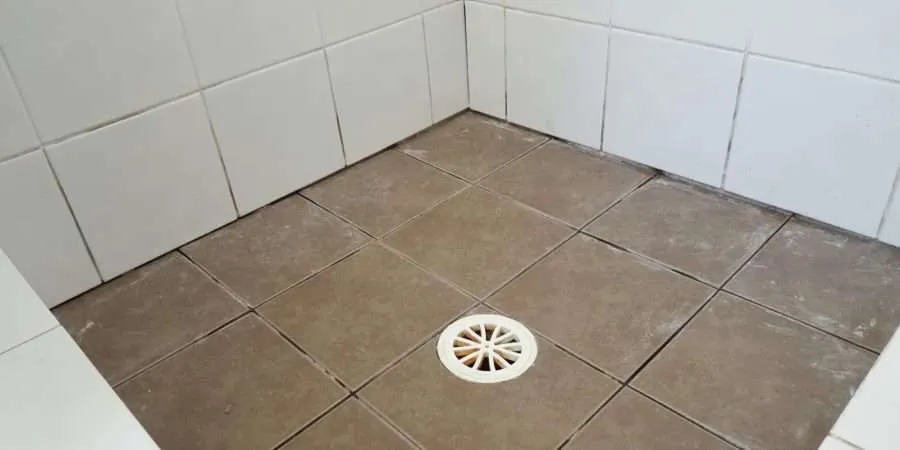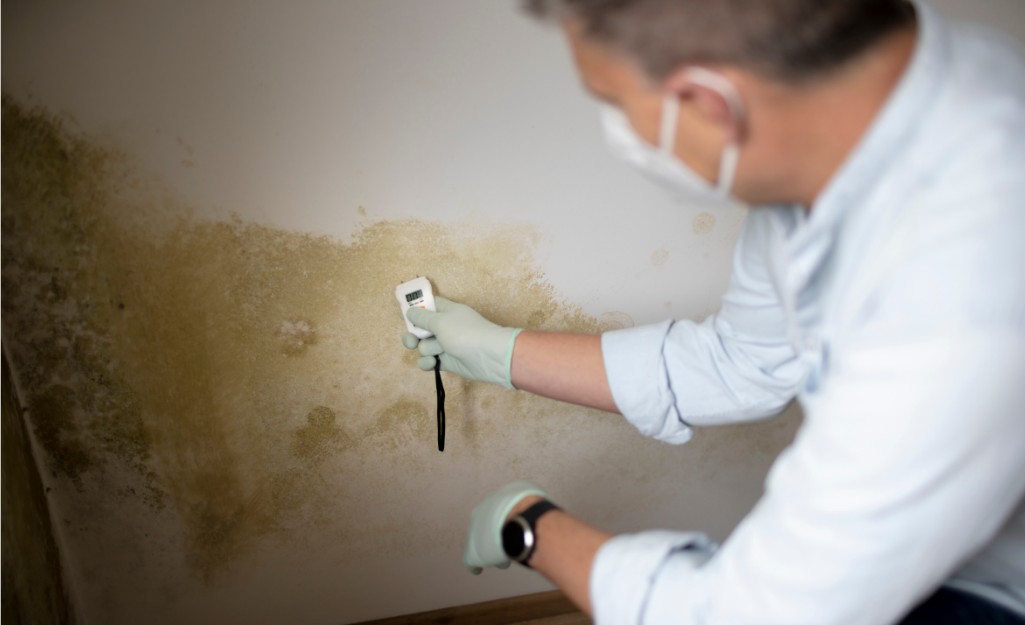Just how to Prevent a Water Damaged Bathroom
Just how to Prevent a Water Damaged Bathroom
Blog Article
They are making a number of good points relating to Common Causes of Water Damage in a Bathroom overall in this great article below.

The shower room is extremely susceptible for damp buildup as well as prospective water damages as a result of the frequent use of water in it. This post offers easy examination techniques to assist identifying water damage risks.
The regular use water in the bathroom makes it incredibly prone for wet accumulation and prospective water damages. By evaluating it routinely, you can minimize water relevant damages.
The adhering to collection of inspections is easy to do as well as need to be done as soon as in every three months in order to keep your restroom in good shape as well as to stop potential water problems brought on by the bathtub, the shower, pipe joints as well as plumbing, sinks, closets, and also the toilet
Do not overlook doing these examinations and be comprehensive while doing them. Remember that these straightforward inspections can save you a lot of cash by supplying very early signs for water damage
Sinks and Cabinets
Sinks and cupboards are subjected to wetness and also moisture day-to-day and also are often neglected. Examine frequently under the sink as well as on the counter top above it. Repair any type of drip in the catch as it might recommend drainpipe problems. Look around the sink, slow draining pipes may indicate a blocked drain. Replace sink seals if they are cracked or loose.
Bathtub and Shower
The shower and bathtub call for unique focus and also upkeep. Inspect the ceramic tiles as well as replace if broken. Ensure that there is no missing grout between the floor tiles. Evaluate as well as replace cracked caulking at joints where the walls fulfill the flooring or the tub. Blocked drains and pipelines troubles will certainly stop the tub from drying and also may indicate serious problems under the bath tub. Talk to an expert instantly to prevent architectural damages. Take note of discolorations or soft locations around the tub walls as they might show an interior leak.
Plumbing
Signs for water damages are difficult to discover because the majority of pipes are installed inside the wall surfaces.
Pay special interest to flooring and wall surfaces wetness and discolorations as they may indicate an invisible plumbing issue. Check dampness levels in adjoining areas also.
The Toilet
The bathroom is a susceptible water joint. Inspect the water lines and look for leaks around the commode seat, in the pipe, and under the water container. If you discover any indications of dampness on the floor around the commode, check for leakages in the toilet rim and also storage tank seals.
Be aware that hanging bathroom bowl antiperspirants increases the opportunities for blockages.
Water Damage Signs In The Bathroom To Avoid Cleanup
Musty smell
This is one of the easiest signs to catch because musty smells are so odorous. The damp, earthy, moldy smell should be a big red flag. The smell will develop when moisture gets trapped in surfaces, and begins to facilitate mold growth. Leaking pipes under cabinets, inside walls, and behind shower fixtures will cause moisture to stay trapped and not dry, which will lead to mold growth and spread. As soon as you notice any musty smells in your bathroom, have it checked for hidden water damage and cleanup signs.
Visible mold
If the smell isn’t there to give it away, sometimes you will actually see mold growth. Finding mold in your bathroom is a serious problem, because mold is very harmful to your health. By the time mold growth is visible, it also means that water damage has already occurred and been present for some time. The only way the mold problem can be resolved is to find the source of the moisture and get it stopped. To safely and adequately remove mold, you need to have professionals handle the remediation. Do not waste any time in getting mold problems addressed, fixed, and sanitized so that you can protect you and your family from the many respiratory symptoms caused by mold exposure.
Damaged floors
Bathroom floors should be able to withstand some exposure to water while still remaining in good condition. However, when excess exposure or water leaks occur, they will begin to damage even the most water-resistant flooring. If you notice any cracking, bubbling, staining, or warping on your bathroom floors, there is probably a water leak somewhere causing the distortion. If you notice areas of the floor have become softer, or even have a spongy feeling, there is probably damage to the subfloor. Subflooring is typically made up of plywood. When plywood is exposed to water or moisture, it will absorb it. Once it has become saturated, the weight of the excess water will cause the wood to swell and soften. Check the floors in your bathroom frequently to catch any of these sings before they lead to damaged subflooring.
Changes on walls
When water leaks behind walls, it will cause changes in the drywall. Peeling plaster, blistering paint, and soggy wallpaper are all good indicators that excess water is building up behind the wall. Water leaking behind drywall will cause it to swell and be soft to the tough. If you start to notice gaps along the trim of your walls, or where tile meets the wall, it could also be a strong indicator that there is a leak behind the wall. Any changes, distortion, or damage on the walls should be evaluated as soon as you notice it to prevent further water damage and cleanup.

Hopefully you enjoyed reading our part about How to Fix a Water Damage Bathroom. Many thanks for taking time to read our piece. Kindly take the opportunity to promote this content if you liked it. I cherish reading our article about How to Prevent Bathroom Water Damage.
Free Quote Report this page